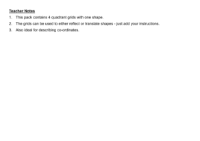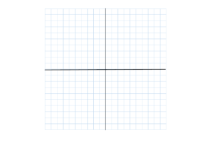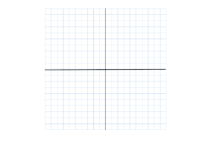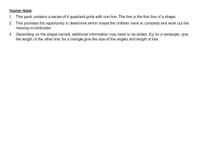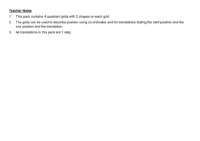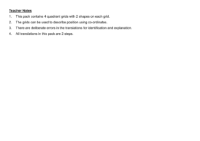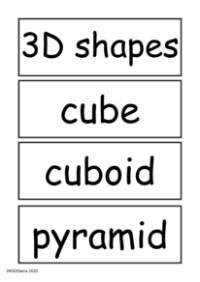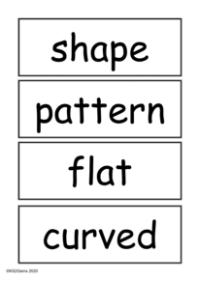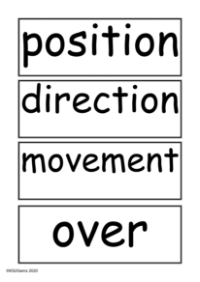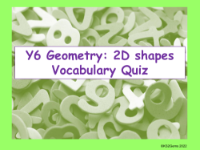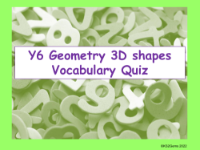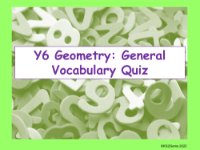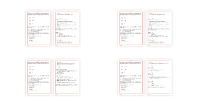Vocabulary - Pattern and Symmetry
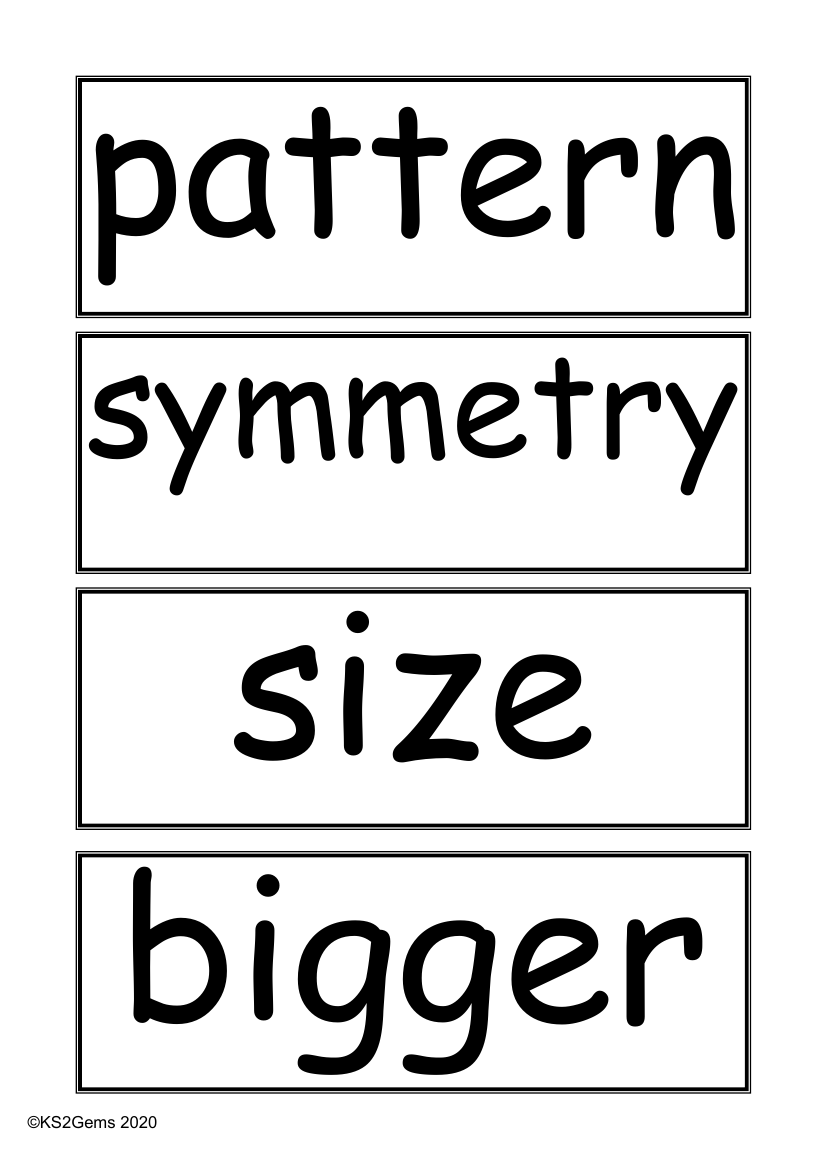
Maths Resource Description
Exploring the world of geometry, students delve into the concepts of pattern and symmetry, key elements that form the foundation of mathematical aesthetics and design. The term 'pattern' refers to a repeating sequence or design that can be observed in various objects and artworks. 'Symmetry' is the balanced and proportionate similarity found in two halves of an object, that is, when one half is the mirror image of the other. Understanding these concepts helps students recognise and create patterns and symmetrical shapes in a range of contexts.
Size plays an important role in the study of geometric shapes, with terms such as 'bigger', 'larger', and 'smaller' used to compare and contrast different objects. A 'symmetrical' object is one that has at least one 'line of symmetry', a line that divides the object into two identical parts. This line can also be referred to as a 'mirror line', suggesting that if you were to fold the shape along this line, both halves would match perfectly. The concept of 'reflection' is closely related, describing the mirror image of a shape. 'Repeating pattern' and 'line symmetry' are further explored, where students learn to identify and create patterns that repeat and shapes that are symmetrical about a line. 'Translation' and 'axis of symmetry' introduce movements and orientations that preserve the symmetry of shapes, while 'reflective symmetry' encapsulates the idea of mirror images across a line or axis.
